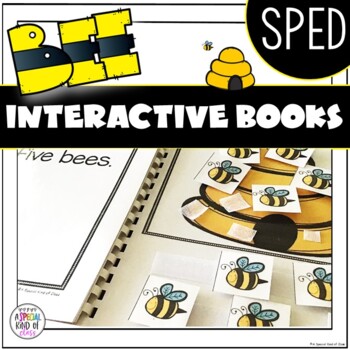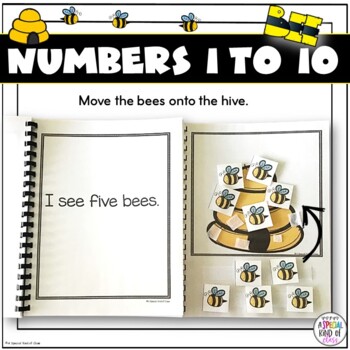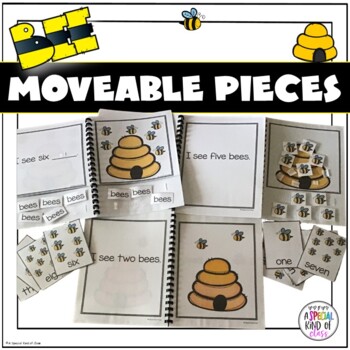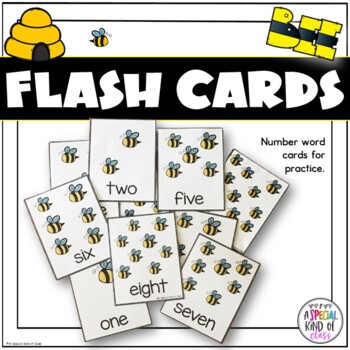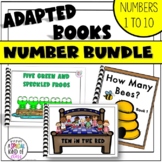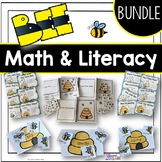Numbers 1 to 10 Adapted books for special education - Bees
- PDF
Also included in
- Learning to count to 10 is so much easier to do when children are having fun. These easy to prep adapted number books have kindergarten and pre-k students practicing numbers to 10 while reading simple books. The easy repetitive text will get have your students reading and counting in no time.Using nPrice $15.00Original Price $20.00Save $5.00
- Work on kindergarten math and literacy skills with this complete mega bundle with a bee theme. This bundle includes:Kindergarten math skills using numbers 1 to 20. There are fourteen math activities for your work stations including:• One more (adding)• One less (subtracting)• Counting 1 to 10 and 1Price $28.00Original Price $33.50Save $5.50
Description
Looking for a fun and interactive way to work on numbers one to ten and the sight words “I see” with your pre-school or kindergarten child? Do you have a student with special needs working on reading and counting skills? Then this set of 5 adapted hands-on bee books are for you and your students. A perfect compliment to a bee or spring theme.
Here's what you will get:
- 5 easy readers
- Instructions to print and assemble your books
- Flash cards
Designed especially for special education students, adapted books improve expressive and receptive language sills while allowing children with poor fine motor and attentions skills to be engaged. Interactive books also allow children with little to no verbal skills to participate in the reading process using eye gaze or pointing.
Your students won’t even realize that they are practicing counting while they are reading. Each book works on the repetitive sentence “I see ______ bees.” and children fill in the blanks with the appropriate word.
Here’s what teachers have said:
⭐️⭐️⭐️⭐️⭐️ Diane B says “Thanks so much. Teaching inclusion, sometimes it's been a struggle to find stations I can differentiate enough but still have all students working on essentially the same thing. I'm going to bookmark your blog!”
⭐️⭐️⭐️⭐️⭐️ Melissa N says, “So amazing - worth the purchase!”
⭐️⭐️⭐️⭐️⭐️ HoJo says “This is so cool! This will work great for a center for Kinder, and someday I will use it with my future children too! =)”
_____________________________________________________________
More Adapted Books
• Adapted Books Five Green and Speckled Frogs
_____________________________________________________________
How to get TPT credit to use on future purchases:
• Please go to your My Purchases page (you may need to login). Beside each purchase you'll see a Provide Feedback button. Simply click it and you will be taken to a page where you can give a quick rating and leave a short comment for the product. Each time you give feedback, TPT gives you feedback credits that you use to lower the cost of your future purchases. I value your feedback greatly as it helps me determine which products are most valuable for your classroom so I can create more for you. ☺
• Click here to become a follower. Voila! You will now receive email updates about this store. ☺
_______________________________________
Copyright © A Special Kind of Class
Permission to copy for single classroom use only.
Please purchase additional licenses if you intend to share this product.

